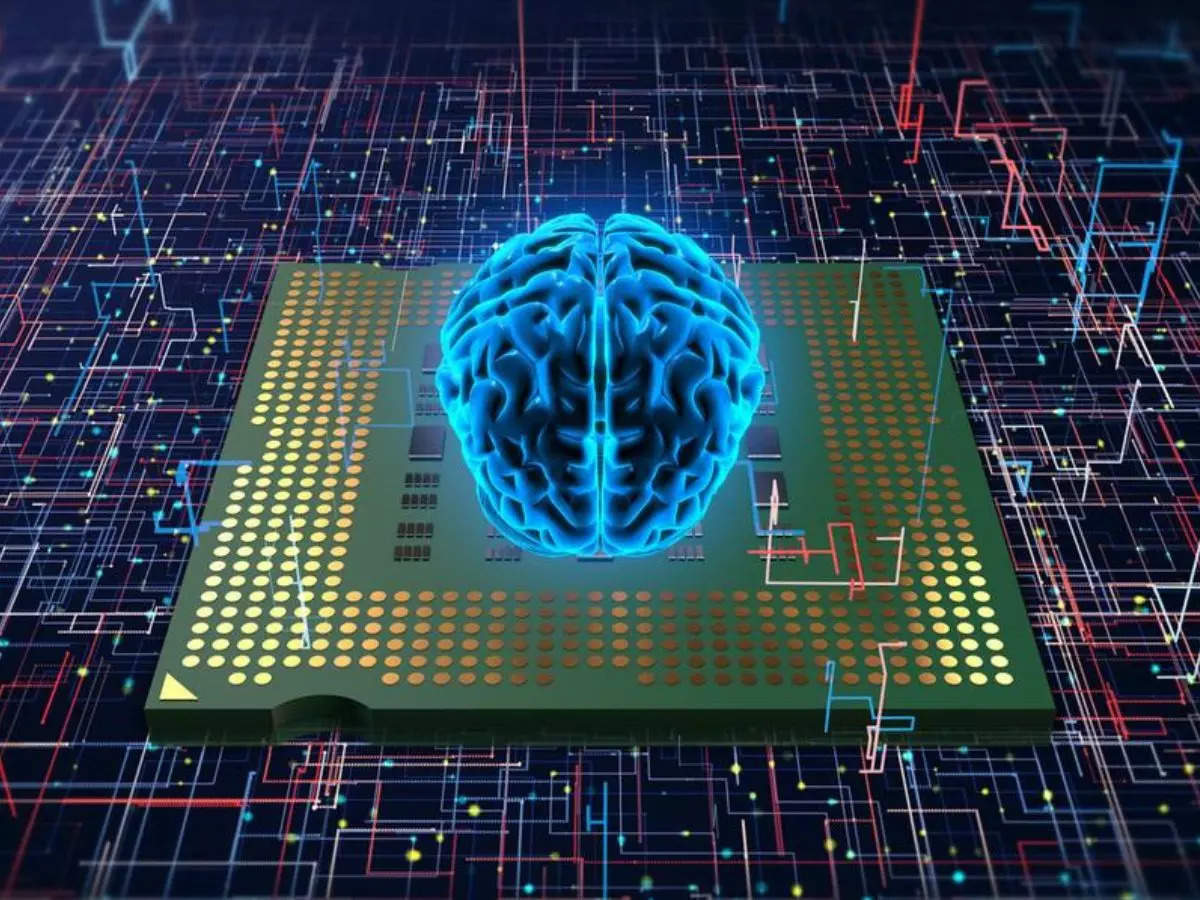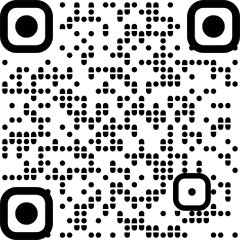
New Delhi: In a pioneering development poised to transform artificial intelligence and computing, researchers from the Indian Institute of Science (IISc) have introduced a revolutionary “brain on a chip” technology. This innovation is capable of storing and processing data in an astonishing 16,500 states within a molecular film.
The groundbreaking study detailing this advancement was published Wednesday in the esteemed journal Nature.
The research team includes Sreetosh Goswami, Navkanta Bhat, Deepak Sharma, Santi Prasad Rath, Bidyabhusan Kundu, and Sreebrata Goswami from IISc’s Centre for Nano Science and Engineering. They were joined by Anil Korkmaz and R. Stanley Williams from the Department of Electrical and Computer Engineering at Texas A&M University, as well as Damien Thompson from the Department of Physics at the University of Limerick, Ireland. While the core technological breakthrough was achieved at IISc, the collaboration with Texas A&M and the University of Limerick contributed crucial simulation and modeling efforts.
Mimicking the human brain
This new technology represents a significant advancement from traditional binary computing systems, venturing into the domain of neuromorphic or brain-inspired analog computing. Unlike conventional computers, which follow predefined programming, neuromorphic systems have the capability to learn from their environment, potentially elevating artificial intelligence to new levels.
Sreetosh Goswami, who led the research team at IISc’s Centre for Nano Science and Engineering, said: “Neuromorphic computing has had its fair share of unsolved challenges for over a decade. With this discovery, we have almost nailed the perfect system—a rare feat.”
Revolutionising AI hardware
This neuromorphic platform could potentially bring complex AI tasks, such as training Large Language Models (LLMs) — like ChatGPT — to personal devices like laptops and smartphones. The technology addresses two major hurdles in AI development: lack of optimal hardware and energy inefficiency.
The molecular system at the heart of this innovation was designed by Prof Sreebrata Goswami, a visiting professor at CeNSE. It utilises the natural movement of ions to process and store data in a manner similar to the human brain, creating a “molecular diary” that functions like a computer but with far greater energy efficiency and space-saving capabilities.







